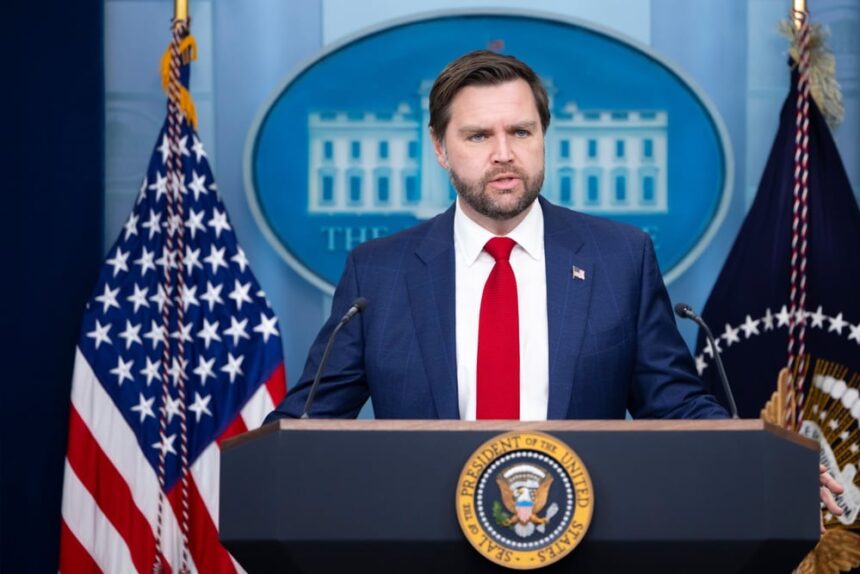The One Big Beautiful Bill Act has passed the Senate after a marathon debate and vote session that lasted through the night. Vice President JD Vance cast the tie-breaking vote to secure passage of the bill, which now heads back to the House for further consideration.
The bill, a significant political win for President Donald Trump, includes provisions for increased border security, extension of the 2017 tax cuts, rescinding green-energy tax credits, and no tax on tips or overtime. However, there were concerns among moderate Republicans about steep cuts to Medicaid and fiscal conservatives critiquing the bill for not cutting enough spending.
Senate Majority Leader John Thune worked tirelessly to find agreement among Republican caucus members, resulting in a narrow victory for the bill. The legislation now moves to the House, where Speaker Mike Johnson faces the challenge of uniting conservatives and moderates to support the bill.
President Trump has been actively involved in garnering support for the bill, urging the House to unite behind it. The House Republican leadership team also expressed optimism that the bill would pass on schedule.
However, there are still concerns about aspects of the bill, particularly regarding Medicaid. Some Republicans are hoping to slow down the process to give fuller consideration to certain provisions. Sen. Lisa Murkowski emphasized the need for more process to ensure a better outcome for the American people.
As the bill moves to the House, potential controversies may arise, especially regarding Medicaid cuts and clean energy tax credits. Conservative members like Rep. Chip Roy have expressed opposition to certain provisions, while others, like Sen. Rand Paul, have raised concerns about the significant increase in the debt ceiling.
Despite these challenges, there is optimism that the House will pass a version of the bill that can be supported by all members. The Congressional Budget Office’s updated estimates projected an increase in the deficit due to the reconciliation bill, adding to the complexity of the situation.
In conclusion, the journey of the One Big Beautiful Bill Act through Congress reflects the intricacies of legislative processes and the diverse perspectives within the Republican party. The final outcome will depend on the ability of lawmakers to find common ground and address the concerns raised during the debate and voting process.








